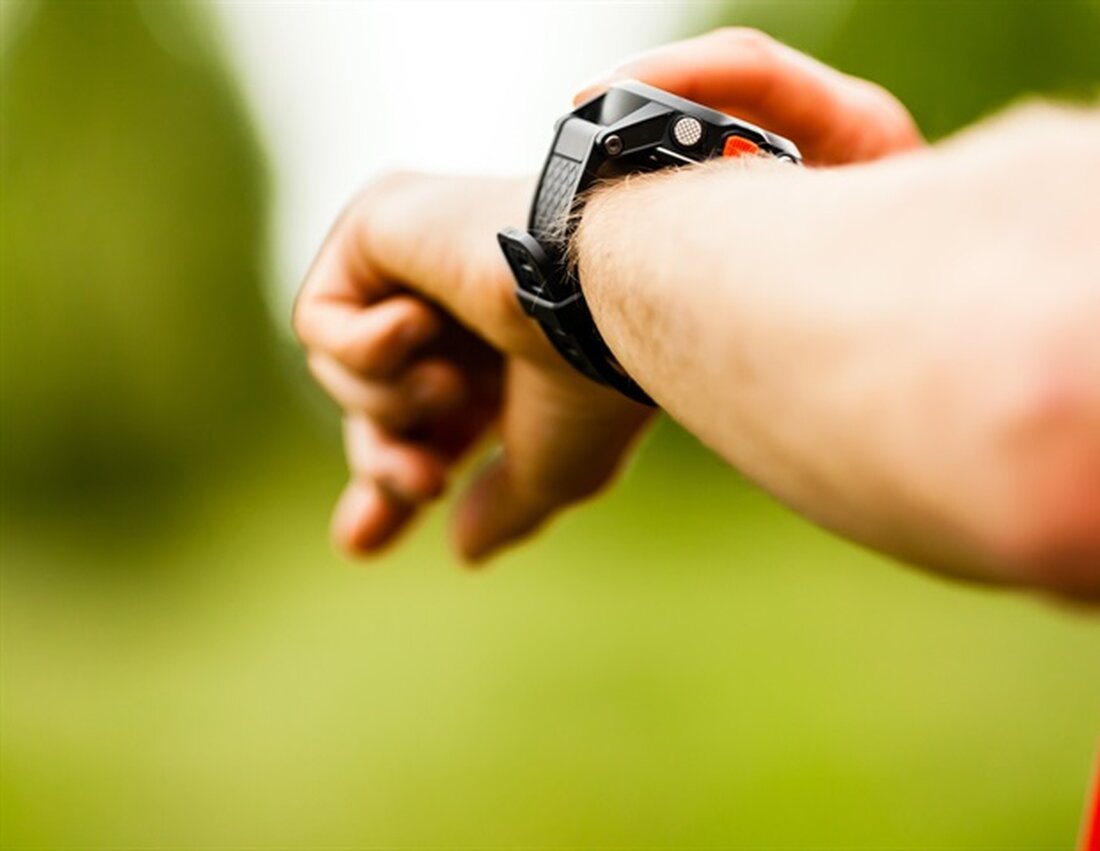According to researchers, many activity tracking devices promise more than they can deliver
More and more heart rate monitors, fitness trackers and smartwatches are coming onto the market. But can you trust what they tell you? Today's digital fitness devices should be able to tell you everything from the quality of your sleep to the level of your heart rate. However, these are not the meters researchers use to measure activity levels. The reason? The standard is not high enough. The instruments we use in research have been thoroughly tested to ensure that they measure what they are intended to measure. The sensors in fitness watches and similar devices are not subjected to the same tests, so you cannot be sure that...

According to researchers, many activity tracking devices promise more than they can deliver
More and more heart rate monitors, fitness trackers and smartwatches are coming onto the market. But can you trust what they tell you?
Today's digital fitness devices should be able to tell you everything from the quality of your sleep to the level of your heart rate. However, these are not the meters researchers use to measure activity levels. The reason? The standard is not high enough.
The instruments we use in research have been thoroughly tested to ensure that they measure what they are intended to measure. The sensors in fitness watches and similar devices don't undergo the same testing, so you can't be sure you're getting the right readings.
Benedikte Western, researcher
Uncertain foundation
She is a doctoral student at the Institute of Sports Science and Physical Education at the University of Agder and uses activity monitors in her research.
She has found that many people care a little too much about what the numbers say about their training progress.
"The watch may give you a value that says something about your activity level that day, your sleep, calories burned, or something similar. But we don't know how they calculate that," says Western.
Is heart rate above a percentage of maximum heart rate over time? The number of steps? Or maybe a combination of several such factors?
“We don’t know, and that makes it difficult to trust that you’re getting the right information.”
They promise more than they can deliver
Finding the best method for measuring activity is a large area of research. Researchers themselves may not have found the best way to do this yet.
But they're using the best there is yet, and they're aware that they don't have all the answers.
The marketing of many activity tracking devices says something completely different. It is sometimes advertised that a fitness watch can give you a concrete insight into what time of day you are in the best shape to achieve the best possible performance.
When researchers use activity monitors, they are primarily interested in the raw data, which they later use to analyze the results.
This is a task that fitness watches do automatically.
"Some watches have daily activity goals that can tell you, for example, that you've reached 60 percent of your fitness goal. But based on what? Gender, age, weight, height and body composition are some of the factors you need to consider," says Western.
Best for motivation
She herself used activity trackers in her research, including the regular ones that you can buy in the shop.
However, the purpose was not to look at the data provided by the devices.
“I’m interested in finding out what motivates people to exercise, and activity trackers have a clear impact on most people.”
She says it's important to know that the best effect we know of using fitness watches is that they make you more active.
“However, if you look at the numbers more closely, it is anything but certain that you can trust the key figures,” says Benedikte Western.
Source:
.

 Suche
Suche
 Mein Konto
Mein Konto
